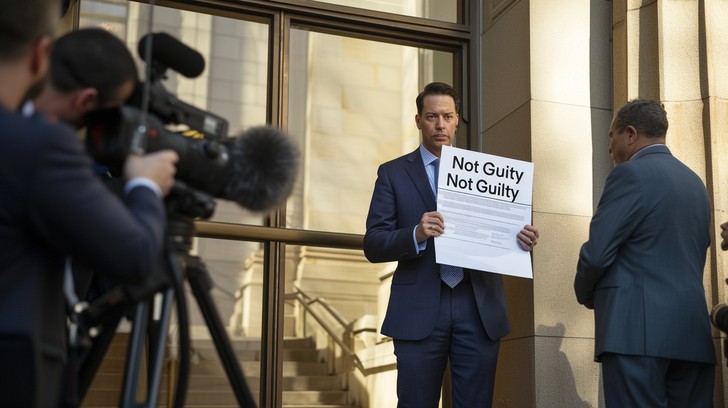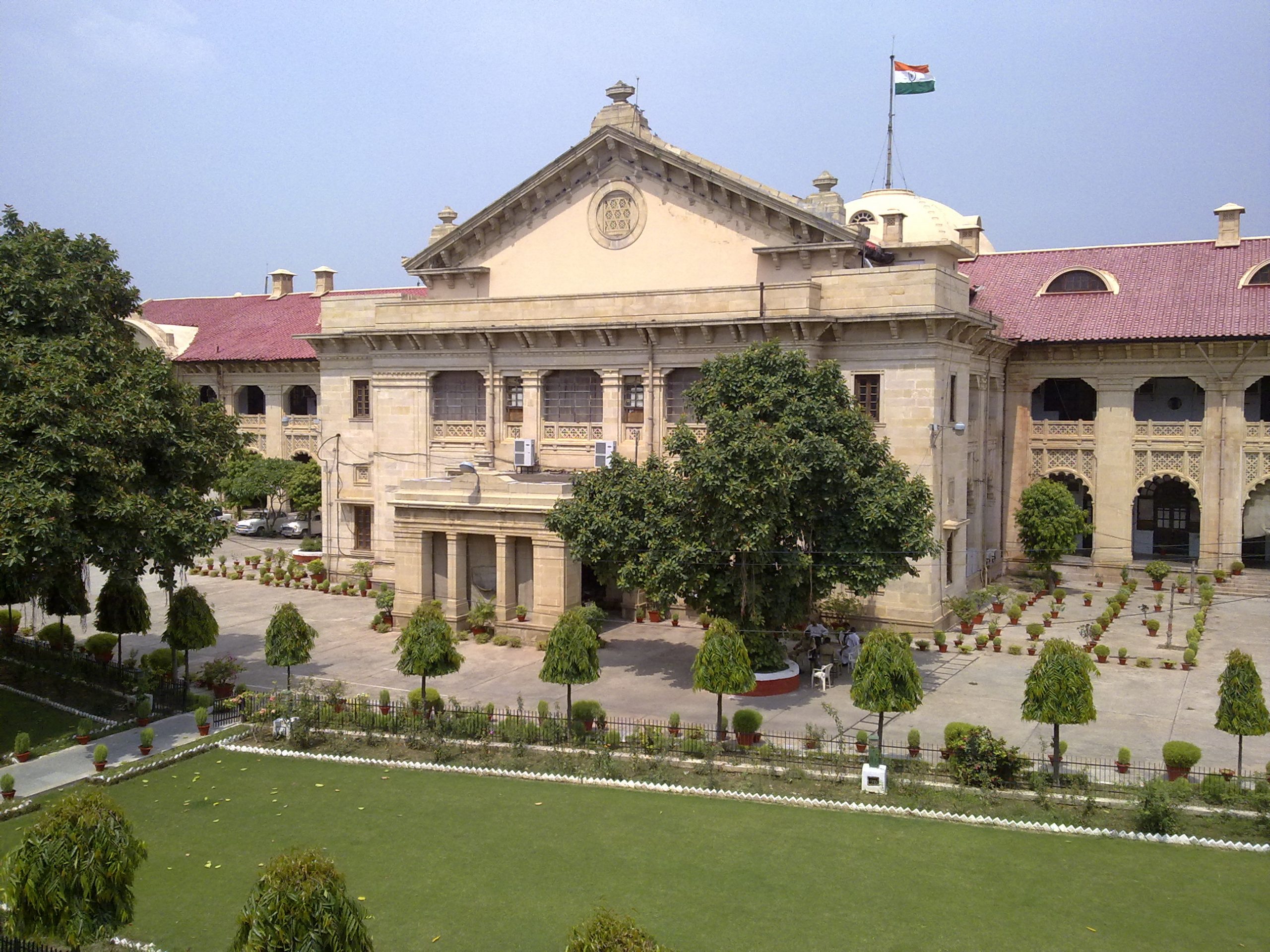Now Reading: CPC Order 37: A Disguise in the Name of Speedy Justice or Not
-
01
CPC Order 37: A Disguise in the Name of Speedy Justice or Not

CPC Order 37: A Disguise in the Name of Speedy Justice or Not
Summary suits are the abridged procedure of adjudication as against the ordinary procedure. The summary procedure is delineated under Order 37 of the Code of Civil Procedure, 1908. The procedure provided in Order 37 of CPC is employed majorly to the class of cases dealing in financial concerns. It is used for enforcing the right and its effect efficient. As observed by Supreme Court, the underlying public policy of Order 37 is the expeditious disposal for cases of commercial nature. It is the process of eliminating unreasonable obstructions by the defendant, having no genuine defense. The court further emphasized on the object for the enactment of Order 37 that is to ensure that the defendant doesn’t prolong the litigation by raising untenable and frivolous defenses, so that no such impediment are caused in justice administration[1].
The Order 37 of Code of Civil Procedure provides for the summary procedure for expeditious disposal of the cases. The benefit of this order is subjected to the arrangement that the defendant stands no substantial defense to make his case, entitling the plaintiff to judgment immediately. Summary suits are an effective remedy under the law for recovering money, matters concerning the commercial transaction and contractual issues[2]. Referring to the observation in the case of Navin Chandra, the unique and substantive purpose of Order 37 is to give impetus to commerce and industry by inspiring confidence in commercial population that their causes in respect of money claims of liquidating amounts (ascertained amount) would be expeditiously decided and their claims will not hang on for years blocking their money for a long period[3]. Such suits are generally easier to establish plaintiff’s case and tougher for the defendant’s side as to that of an ordinary suit.
ORDER XXXVII: An Analysis
a) Applicability
Summary suits can be instituted, subject to the pecuniary jurisdiction, in the following courts (provided in Rule 1 Order 37): a) High Court b) Civil Courts c) Courts of Small Causes and d) any other court as notified by the High Court of the respective states. Further High Courts are empowered, by notification to restrict the operations of the Order 37 and also may as required further restrict, enlarge or vary the categories of suits under the ambit of Order 37 of CPC.[4]
Order 37 doesn’t have general applicability; its institution is subjected to the nature of suits specified under rule 1(2) of the order, which are as follows[5]:
1. Suits upon bill of exchange, hundies and promissory notes
2. Suits for recovering a debt or liquidated demand in money, with or without interest, arising:-
a. On a written contract, or
b. On an enactment (the recoverable sum should be fixed in money or it should be in the nature of debt other than a penalty), or
c. On a guarantee (here the claim should be in respect of a debt or liquidated demand only).
In the above classification under 2(a), the scope of the term “written contract” is interpreted to a wider extent. Referring to the judicial observations it can be taken that written contracts concerning Summary suits, is not extended only to contracts, signed by concerned parties but consider within its meaning all such contracts which are expressed and that its enforceability can be traced from the conduct of parties to the contract, although such expressed contract may not be so signed by respective parties. There have been many instance where the court dropped the strict definition and rather adopted loose fitted one, eg: Invoices/Bills are written contract and falls within the ambit of Order 37[6]; Summary Suit can be filed on the basis of confirmed Balance and reconciliation statement[7], the liability acknowledged in Balance sheet which was signed by partners of the firm[8] etc.
b) Instituting a case under Order 37 (Procedure)
1. Plaint
The institution of a summary suit initiates with the plaint submitted to the court of proper jurisdiction. The plaint contains general element of plaint such as facts-concerning the cause of action, it has to also contain affirmation that the suit filed and relief so claimed falls under the ambit of Order 37 of CPC.[9]
2. Summons
After instituting a summary suit, defendant is required to be served summon in the prescribed form under rule 2, Order 37 with a copy of plaint. The defendant has to enter an appearance, within ten days of service of summons. Where the appearance has been successfully made as per the above rule, then the plaintiff shall serve summon for judgement on the defendant.[10]
3. Leave to Defend
Subsequent to the service of summon for judgment within the period of ten days from such service, defendant has to apply for leave to defend his case.[11] In Summary procedure, defendant is not entitled to the right to defend as it is in an ordinary suit. It is a discretionary power of the court that must be exercised judiciously. Though the dictates of Rule 3(2) of the order and observation by the court the power to grant leave to defend must be bestowed where the defendant has provided facts proving his substantive defense in the matter, thereby making it a triable issue, leave should be granted.[12] The court has further enumerated principles that are to be referred and on satisfaction of which the judge grants leave unconditionally or unconditionally accordingly as it fits.[13]
The court granting leave to defend, in consideration to the enlisted judicial principles, should record reason for such grant. Where leave to defend is granted, the adjudication of the matters shall be the same as the procedure in suits instituted in an ordinary manner.[14]
4. Non-Application for the Leave to Defend/ Non-Compliance of Terms
In cases, where defendant has not applied for the leave to defend within the prescribed time period, or where such leave application is refused or where the conditions on which leave was granted are not complied with (conditional leave-to-defend) plaintiff stands entitled to judgement forthwith.[15]
5. Setting Aside a Decree
Under the arrangement of Order 37 the decree passed is ex-parte decree. In CPC Order IX Rule 13 deals in setting aside the ex-parte decree where the defendant satisfy court that the summons was not duly served or he was prevented by any sufficient cause from appearing in the hearing.[16] Considering Order 37, Rule 4 of the order specifically provide for setting aside a decree, implying that general provision of Order IX Rule 13 don’t apply to suits filed under Order 37.[17]
Rule 4 of Order XXXVII, court is empowered to stay the execution of such decree on application by the defendant either because he didn’t appear in response to the summons or the limitation period expired or having appeared, did not apply for leave to defend the suit in the prescribed period. The defendant is required to show special circumstance, prevented him from appearing to court but also those facts which would entitle him to leave to defend.
For setting aside ex-parte decree in an ordinary suit as under Order 9 Rule 13, the defendant has to satisfy the court with sufficient cause for his non appearance. In Summary suits, setting aside the decree defendant has to show special circumstances to the court’s satisfaction. Rule 4 of the order lay no definite expression for the term ‘special circumstances’ nor was capable of a precise definition. The court dealing in Rule 4 of Order 37 has to determine on the fact of each case, as to whether circumstance pleaded are so unusual or extra ordinary.[18] Therefore special circumstance as observed, would be a cause or reason which prevents a person in such a way that it is almost impossible for him to appear before the court or to perform certain acts which he is required to do.[19] What would constitute special circumstances would depend upon the facts of each case.
CONCLUSION (Comment)
The legislative intent for the enactment of Order 37 in the civil code is of core commercial nature. Considering the prolonged period involved in adjudication of legal issues can hamper financial interest greatly. The conferred power under the said order must be the one handled with care and caution. In practicality it is difficult to draw a line between frivolous and substantial defense. In Neebha Kapoor v Jayantilal Khandwal court held that “summary suits are instrument of speedy remedy”. The court also observed that it is to be kept in mind, “justice hurried is justice buried” and that the concept of prima facie case in Indian jurisprudence has its limited extent, trial court should not me entrusted with this concept as it is the Court-of-First-Record.[20]
Further the principle of Audi Alteram Partum is an important concept of Natural-justice and an essential feature of constitution. In Summary procedure presentation of the defendants case is eliminated, making it rather plaintiff favored as compared to the defendant. In summary suits right to defend is not an entitlement rather has to be claimed by the satisfaction of court. In striking the balance of interest, conditional leave to defend should be preferred and must be fashioned such conditions can be a specified deposit with interest be paid by defendant, if he fails in his case or his defense is sham.
[1] Rule 1(1), Order XXXVII, Code of Civil Procedure, 1908
[2] Rule 1(2), Order XXXVII, Code of Civil Procedure, 1908
[3] KIG Systel Ltd v Fijitsu ICIM Ltd AIR 2001 Del 357
[4] Hindustan Wires Ltd v Ralsons Tires Ltd 90 (2001) Delhi Law Times 777
[5] M/s R Suresh Chandra & Co v Vednere Chemicals Works & Ors AIR 1991 Bom 44
[6] Rule 2(1), Order XXXVII, Code of Civil Procedure, 1908
[7] Rule 2(2), Order XXXVII, Code of Civil Procedure, 1908
[8] Rule 3(1), Order XXXVII, Code of Civil Procedure, 1908
[9] Santosh Kumar v. Mool SinghAIR 1958 SC 321
[10] IDBI Trusteeship Services Ltd. Vs. Hubtown Ltd 2016 SCC OnLine SC 1274
[11] Rule 3 & Rule 7, Order XXXVII, Code of Civil Procedure, 1908
[12] Rule 3(6), Order XXXVII, Code of Civil Procedure, 1908
[13] Rule 13, Order IX, Code of Civil Procedure, 1908
[14] Rule 4, Order XXXVII, Code of Civil Procedure, 1908
[15]Rajni Kumar Vs. Suresh Kumar Malhotra (2003) 5 SCC 31
[16] Karumili Bharathi versus Prichikala Venkatachallam AIR 1999 A P 427
[17] K R Kesavan v The South Indian Bank Ltd AIR (37) 1950 Madras 226 (228) DB
[18] Kocharabhai ishwarbhai patel v Gopal bhai C patel AIR 1973 Gujrat 29 (31)
[19] Navinchandra Babulal Bhavsar v Bachubhai Dhanabhai Shah AIR 1969 Gujrat 124 (128) DB
[20] Neebha Kapoor v Jayantilal Khandwal 2008 (2) JCC (NI) 156










